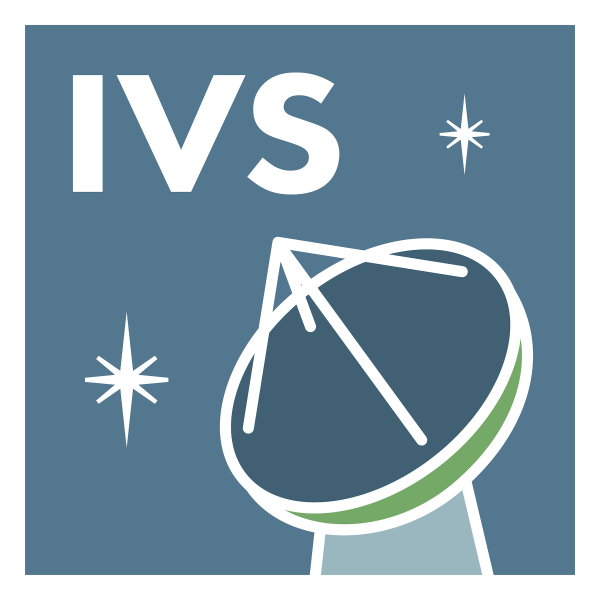NASA's archive of VLBI data and derived products, held by NASA's Crustal Dynamics Data Information System (CDDIS), primarily supports NASA programs and the International VLBI Service (IVS).
Learn more about VLBI data and product holdings.
CDDIS Support of the IVS
The IVS has developed a global system of network stations, correlators, data centers, and analysis centers to put VLBI data online in a timely fashion. CDDIS was selected to serve as a global archive center for the IVS, by supporting the archive of VLBI data retrieved from identified network stations.
The purpose of this international service to support geodetic, geophysical, and astrometric research and operational activities, to interact with the global community of users of VLBI products, and to integrate VLBI into a global Earth observing system (VLBI Global Observing System, or VGOS). IVS also promotes research and development activities in all aspects of the geodetic and astrometric VLBI technique.
